HP 240 G7 Core i3 1005G1 4GB 1TB DOS 14″ HD Dark ash silver 1 Year Warranty Laptop
1. Processor (CPU): Intel Core i3-1005G1
Generation: 10th Generation Intel Core i3.
Cores/Threads: 2 Cores / 4 Threads.
Base Clock Speed: 1.2 GHz.
Max Turbo Frequency: 3.4 GHz.
Lithography: 10nm (Ice Lake architecture).
Integrated Graphics: Intel UHD Graphics (G1).
Performance Summary: This is an entry-level, dual-core processor. It is sufficient for everyday tasks like web browsing, email, Microsoft Office (Word, Excel, PowerPoint), and HD video playback. It is not suitable for heavy multitasking, video editing, or gaming.
2. Memory (RAM): 4GB
Type: DDR4 SDRAM (typically 2666 MHz or 2400 MHz).
Size: 4GB.
Upgradability: This is a critical point. 4GB is the absolute minimum for modern Windows operation. The system will feel slow with multiple browser tabs or applications open. The HP 240 G7 usually has an extra RAM slot, making it easy and relatively cheap to upgrade to 8GB or 12GB for a significant performance boost.
3. Storage: 1TB Hard Disk Drive (HDD)
Type: Hard Disk Drive (HDD).
Capacity: 1 Terabyte (1024 GB). This provides ample space for documents, photos, music, and some software.
Performance Impact: This is the biggest bottleneck in this configuration. An HDD is significantly slower than a Solid State Drive (SSD). It will result in:
Longer boot-up times (1-2 minutes).
Slower application launches.
General system sluggishness.
Upgradability: The laptop has a 2.5-inch SATA bay. Replacing this HDD with even a basic SATA SSD is the single most impactful upgrade you can make, transforming the laptop’s speed and responsiveness.
4. Display: 14″ HD
Size: 14 inches (diagonally).
Resolution: HD (1366 x 768 pixels). This is the most common base resolution, also known as “HD” or “720p.”
Panel Type: Typically an TN panel, which offers narrower viewing angles and less vibrant colors compared to an IPS panel.
Quality: Adequate for basic work, but not sharp or color-rich for media consumption or professional photo work.
5. Operating System: DOS
What it means: The laptop ships without a pre-installed Windows operating system. It uses the Disk Operating System (a basic command-line interface) just to boot and verify hardware.
What you need to do: You will have to purchase a Windows license separately and install it yourself, or use a free operating system like Linux (e.g., Ubuntu, Linux Mint).
6. Design and Build
Color: Dark Ash Silver.
Chassis: Standard plastic build, designed for durability and cost-effectiveness rather than premium feel.
Use Case: Primarily targeted at the education and small business sectors where budget is a key constraint.
7. Graphics: Intel UHD Graphics (Integrated)
Model: Integrated into the i3-1005G1 CPU.
Performance: Handles the desktop, video playback, and very basic, old games. It is not a gaming GPU and cannot run modern games or handle GPU-intensive tasks like 3D rendering or video editing.
8. Connectivity & Ports
USB: Likely includes USB 3.0, USB 2.0, and a USB Type-C port (check specific product sheet for data/display capability).
Video Out: HDMI 1.4b port.
Networking: Gigabit Ethernet (RJ-45) and Wi-Fi (typically 802.11ac).
Other: Headphone/Microphone combo jack, SD card reader.
9. Keyboard and Input
Keyboard: Standard full-size keyboard, non-backlit (typical for this series).
Touchpad: Standard HP clickpad with multi-touch gesture support.
Summary: Who is this laptop for?
Suitable for:
Basic web browsing and email.
Microsoft Office applications (Word, Excel for simple spreadsheets).
Online classes and video conferencing (for basic use).
As a secondary, “on-the-go” computer for very light tasks.
Not Suitable for:
Heavy multitasking (e.g., many browser tabs + Office apps).
Gaming (except for the most basic titles).
Photo or video editing.
Programming or running virtual machines (with only 4GB RAM).
Critical Upgrade Recommendations
To make this laptop a viable modern machine, two upgrades are highly recommended:
SSD (Solid State Drive): Replace the 1TB HDD with a 256GB or 512GB SATA SSD. This will make the laptop feel 5x faster.
RAM: Add a 4GB or 8GB DDR4 RAM stick to bring the total to 8GB or 12GB. This will allow for smooth multitasking.
Without these upgrades, the user experience with the base 4GB RAM and HDD configuration will be frustratingly slow for most people in 2024.


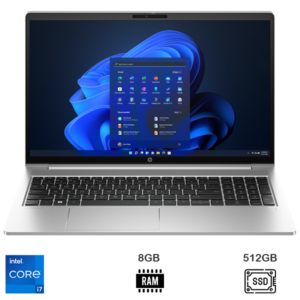
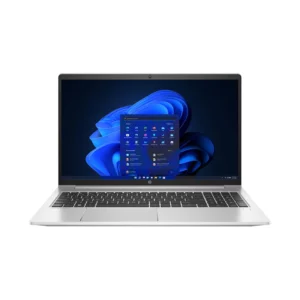

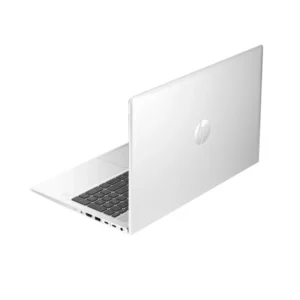

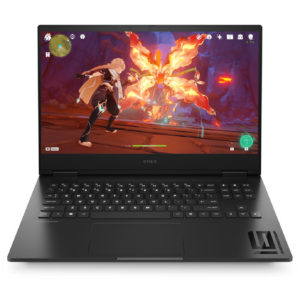
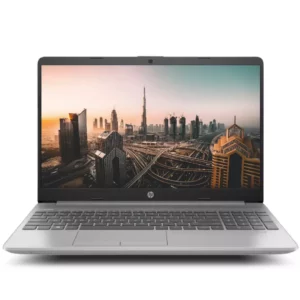
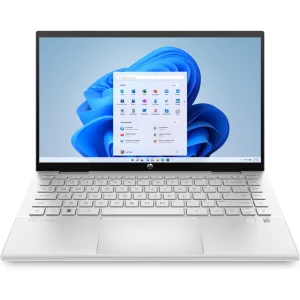

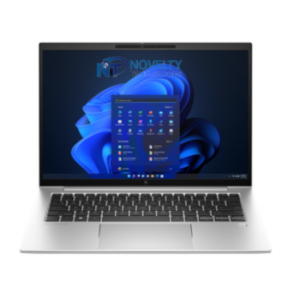
 No products in the cart.
No products in the cart.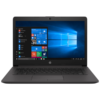
Reviews
There are no reviews yet.